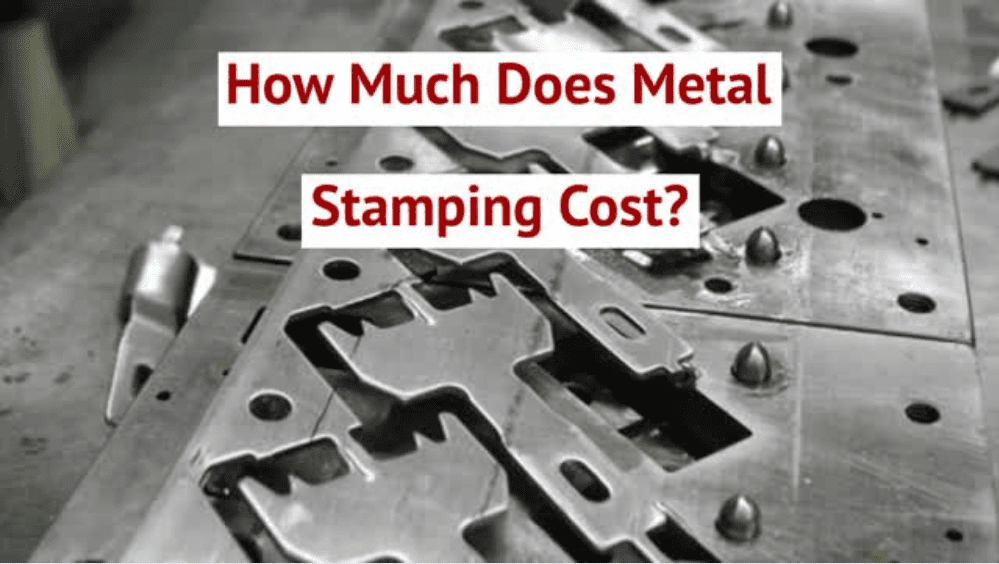Why Metal Stamping is Vital for Developing Resilient and Complicated Components
Why Metal Stamping is Vital for Developing Resilient and Complicated Components
Blog Article
Checking Out the Globe of Steel Stamping: From Style to Production
Within the realm of production, steel stamping sticks out as an exact and efficient technique for shaping steel sheets right into numerous forms with amazing uniformity. From the first layout stage where elaborate patterns form to the detailed manufacturing procedures, steel stamping is a blend of artistry and engineering. Looking into this world reveals a complex interplay of creative thinking and technical mastery, providing a look right into a realm where technology meets workmanship.
Background of Steel Stamping
Metal marking, an extensively made use of manufacturing process today, has a rich history that goes back to old times (Metal Stamping). The beginnings of metal stamping can be mapped to old worlds such as the Egyptians, that used stamping methods to adorn jewelry and ornaments with elaborate styles. Over time, metal stamping advanced, with civilizations like the Greeks and Romans utilizing it for creating coins and attractive things

In the 20th century, steel marking remained to evolve with the assimilation of automation and computer numerical control (CNC) modern technology. These advancements further boosted the performance and accuracy of steel stamping procedures, making it a vital part of contemporary production throughout markets such as auto, aerospace, and electronics. Today, metal marking remains an important manufacturing process, integrating custom with advancement to fulfill the demands of a frequently developing industry.
Design Considerations and Prototyping
When developing steel stamping projects, thorough interest to design factors to consider and prototyping is vital for ensuring optimal manufacturing outcomes. Layout considerations in steel stamping include product selection, part geometry, tooling design, and manufacturing expediency. Selecting the ideal material is essential as it impacts the part's efficiency, cost, and manufacturability. Part geometry influences the intricacy of the marking process and the performance of the last item. Tooling layout plays a considerable duty in the success of steel stamping tasks, impacting part accuracy, device durability, and manufacturing efficiency.
Prototyping is a crucial stage in the metal stamping procedure that allows engineers to examine the style, validate manufacturability, and make essential adjustments prior to major manufacturing. Prototyping aids recognize possible problems beforehand, saving time and prices over time. It also gives an opportunity to optimize the design for efficiency click now and top quality. By meticulously thinking about design facets and utilizing prototyping, makers can streamline the steel stamping process and accomplish premium, affordable manufacturing results.
Tooling and Tools Fundamentals
Taking into consideration the important function that tooling design plays in the success of metal marking jobs, recognizing the crucial tools and equipment required is paramount for attaining effective manufacturing outcomes. Fixtures hold the steel in location during the stamping process, ensuring precision and repeatability. Investing in top notch tooling and devices not only enhances manufacturing efficiency however also leads to higher accuracy, decreased waste, and total price financial savings in metal stamping procedures.
Production Process and Quality Assurance
Successfully handling the production process and implementing robust quality assurance actions are important for making sure the success of metal stamping jobs. The production process in metal marking entails a series of steps that must be thoroughly collaborated to accomplish optimum results. It starts with the prep work of raw products, followed by the arrangement of the marking devices and tooling. Operators then feed the products right into journalism, where the stamping procedure occurs. Throughout this procedure, it is vital to keep an eye on the assembly line for any kind of problems that may impact the high quality of the stamped parts.
Quality control in metal stamping is vital to deliver items that satisfy the called for Visit Your URL specs. By preserving rigorous quality Learn More control requirements, suppliers can support their online reputation for providing high-grade steel stamped products.
Applications and Industry Insights
In the world of steel marking, the effective application of manufacturing procedures and quality assurance steps straight affects the effectiveness and reliability of numerous industry applications and offers valuable insights into the sector's functional dynamics. Steel stamping locates extensive application throughout varied sectors, consisting of vehicle, aerospace, electronics, and appliances. In the vehicle sector, steel marking plays a critical role in creating components such as chassis, brackets, and structural components with high accuracy and performance. The aerospace sector relies upon metal marking for producing intricate components like panels, brackets, and fittings that meet stringent top quality criteria (Metal Stamping). In the electronic devices industry, steel stamping is used to create accurate elements like adapters, terminals, and warm sinks. Furthermore, steel stamping helps with the manufacturing of numerous family home appliances, consisting of refrigerators, washing makers, and stoves, by offering cost-effective remedies for manufacturing long lasting and intricate parts. Comprehending the applications and sector insights of steel stamping is necessary for maximizing production processes and boosting item top quality throughout different industries.

Verdict
Style considerations, prototyping, tooling, equipment, production procedures, and high quality control are vital facets of steel marking. With its prevalent applications and market understandings, steel marking proceeds to be a versatile and reliable manufacturing process.
Report this page